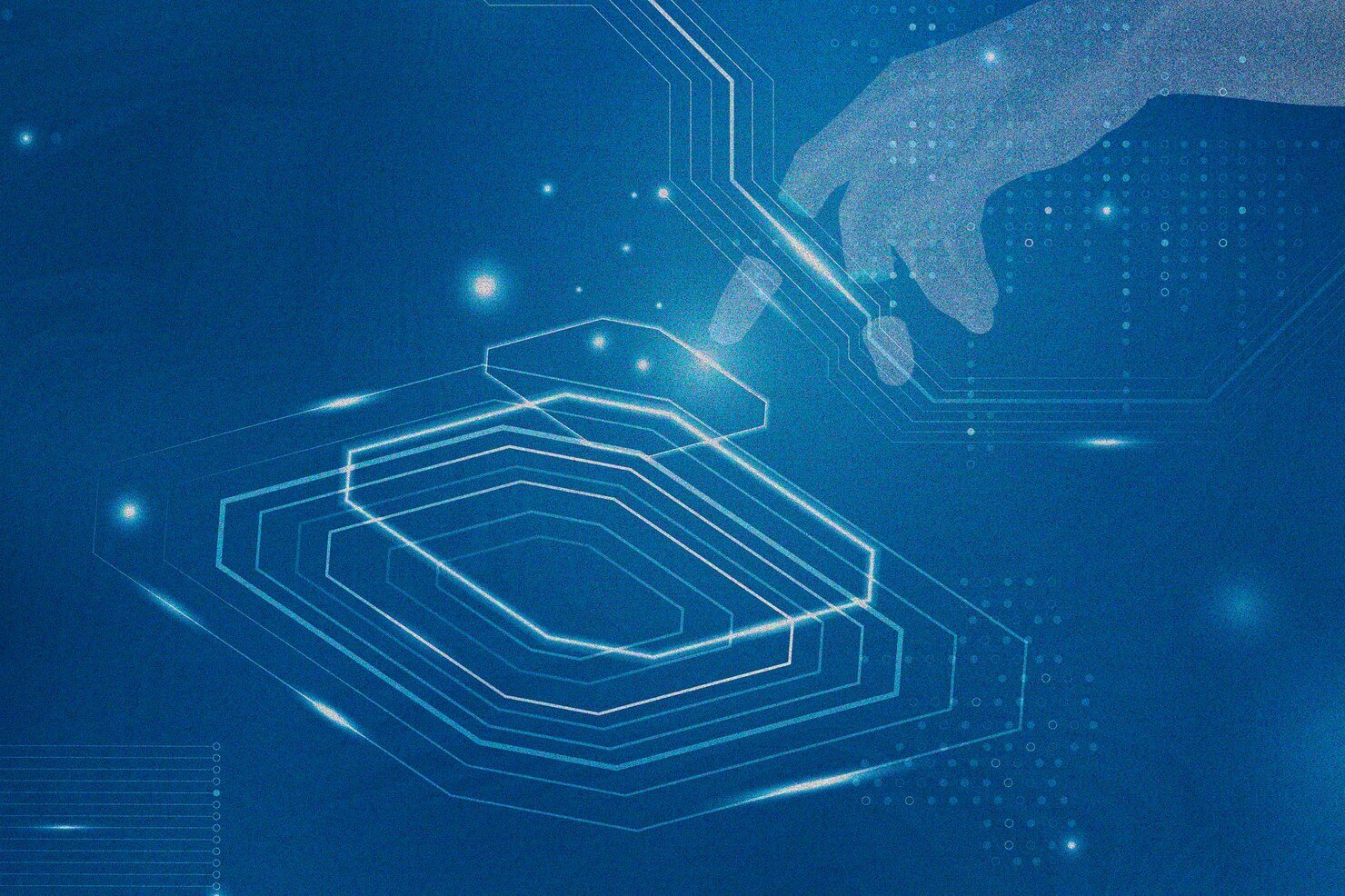What Is Data Verification?
In general, data verification is the process of confirming the accuracy of entered data to prevent errors during data processing. In business and finance, it holds a similar meaning: ensuring data matches what’s expected or provided.
In the context of financial services, data verification occurs both during user onboarding (creating a new account) and when transactions are made. Its purpose is to protect users from cybercrime.
Know Your Customer (KYC) is currently the most reliable method for data verification. Let’s explore what’s included in the KYC process and how it plays a crucial role in protecting user data.
Types of Data Verification in Transactions
There are various types of data verification tailored to different purposes, depending on what data needs to be validated. Here are the most common forms:
1. Document Liveness
Document Liveness is a data verification technology that ensures the identity document (e.g., ID card) used in the process is a physical original, not a digitally altered copy. It detects security features like holograms, microprint, and light reflections to distinguish between a real ID and a photo or digital replica.
VIDA’s document liveness process includes:
-
Image Quality Check: The system reviews image quality, including issues like blur or poor lighting, to ensure accuracy and compliance with quality standards.
-
Spoofing and Forgery Detection: The system analyzes whether the document is fake, photocopied, or reused from another source.
-
Document Landmark Evaluation: It checks key points on the document to verify authenticity.
2. Face Liveness
Face Liveness is a biometric data verification method that confirms the person undergoing verification is physically present and not just a photo, video, or recording.
VIDA’s face liveness process includes:
-
Passive Liveness: This method analyzes natural facial movement without requiring user interaction to determine if a person is real or a spoof.
-
Active Liveness: This method requires the user to perform specific actions like blinking or turning their head to confirm they are a real person, not an image or animation.
-
Image Manipulation Detection: Detects if the photo has been altered or tampered with to prevent fraud using modified images.
-
Image Quality Assessment: Reviews for blur, lighting, or low resolution that could affect verification accuracy.
3. Income Verification
Income Verification is the process of verifying a person’s income to assess their financial eligibility for accessing certain financial services.
With accurate income verification, financial institutions can make better decisions when offering loans or credit.
VIDA’s income verification process includes:
-
Application Submission: Users apply for loans, insurance, or other financial services.
-
Data Verification and Credit Analysis: User data is verified and analyzed to assess creditworthiness.
-
Verification with Official Sources: Using a national ID number, the system confirms income data with official sources such as government or financial authorities.
-
Decision Making: The verification results are sent to the financial service provider, who then approves or rejects the application.
4. Optical Character Recognition (OCR)
OCR is a technology that converts text from physical documents or images into digital data that can be automatically processed. In data verification, OCR extracts information from identity documents like ID cards or passports, speeding up the verification process and reducing human error.
OCR process includes:
-
Document Capture: Users upload or scan a document via their phone.
-
Image Preprocessing: The system enhances image quality by adjusting brightness, contrast, and removing noise.
-
Character Recognition: Converts image text into machine-readable format to reduce errors and speed up identity verification.
-
Template Matching: Compares demographic data from the document with official sources for accurate validation.
-
Data Extraction and Output: Extracted data is formatted (e.g., JSON) for easy integration with other identity verification systems.
Challenges in Data Verification
Rising cyberattacks and identity theft pose serious threats to data verification. If systems detect inaccurate or mismatched data, it may delay or block verification altogether.
Here are some key challenges:
1. Poor User Experience
Data verification can feel complex, slow, or confusing—especially when users are asked to upload documents, manually enter information, or go through repetitive steps. This can lead to frustration, high drop-off rates during onboarding, and data input errors that reduce system accuracy.
But don’t worry, VIDA’s data verification process is simple. Face liveness, document liveness, and income verification are all optimized for today’s technology.
2. Growing Cyber Threats
The data verification process is a prime target for cyberattacks. Here are some of the most common threats:
-
Account Takeover (ATO)
Attackers hijack user accounts by stealing credentials such as usernames, passwords, or OTPs. According to VIDA’s report, 84% of businesses experience security breaches due to OTP fraud from SIM swaps, phishing, and malware. -
Deepfake Fraud
Using AI, fraudsters can create fake videos or images of someone’s face to bypass biometric systems. Without face liveness technology, the system could be fooled into granting access to an impostor. -
Document Forgery
Forging documents like ID cards, tax IDs, or pay slips is a common loophole in digital fraud. Fake ID photos often circulate on social media. Without document authenticity checks, systems might mistakenly accept forged documents as legitimate.
Data verification is a crucial component for safeguarding user information. Through various methods like document liveness, face liveness, income verification, and OCR, financial institutions can deliver secure and satisfying services to their users.

.png)

